It’s well known that Tesla owners are passionate about their cars, and for the most part love just about everything to do with their Tesla. That’s not to say, however, that there aren’t any problems, even among the most die-hard fans. One such issue that has been reported is to do with the rear-view mirror, specifically that it’s too dark, especially at night.
Obviously, this presents valid cause for concern, since at best it is an annoyance and inconvenience, but at worst is an extremely worrying safety issue. If you’ve noticed this problem with your Tesla rear-view mirror, then this is the article for you.
We’ll be taking a deep dive into the problem and its causes, as well as exploring possible solutions as well. Read on to learn more.
Background: What’s Wrong with Tesla’s Rear-View Mirror
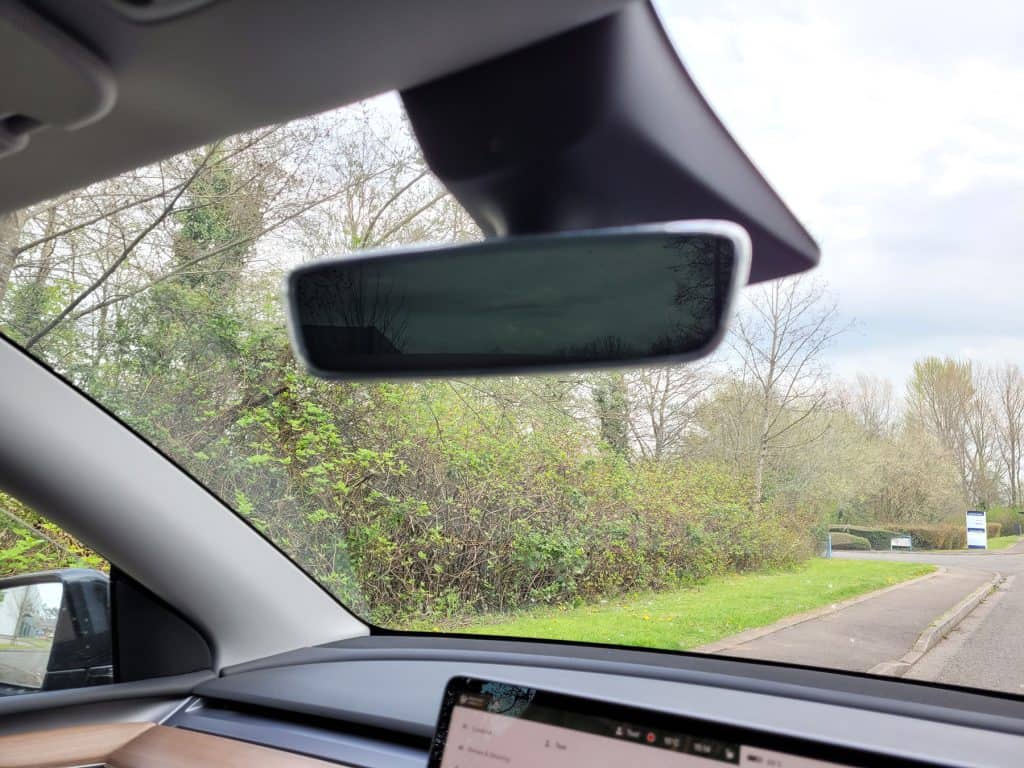
Many Tesla models feature some kind of auto-dim features on the rear-view and side mirrors, so the view appearing darker is no accident. The dimming effect is designed to reduce or eliminate glare from other drivers’ bright headlights behind you that might appear in your mirror. However, drivers of certain Tesla models, in particular the Model 3, Model X, and Model Y have noted that they are finding the rear-view mirror hard to use at night because it is so dark.
There are a number of ideas as to what might be causing this problem, as well as why it seems to happen more in newer Model 3 and Model Y models and not with older ones, all of which we’ll explore in more depth in the next section.
Drivers finding the mirrors too dark at night say that they are struggling to see things properly in the mirror, which presents obvious safety concerns. Others added that it was so dark that they couldn’t even see what their younger kids were doing in the back seat while trying to keep an eye on them.
The problem people also have is that it’s not necessarily a good idea to simply “get rid of” the auto-dimming feature on their mirrors. Auto-dimming technology was created specifically to combat a problem known as the Troxler Effect. This refers to what happens when a car driving behind you with its bright headlights shining in your mirror turns into an exit or intersection, causing its lights to flash extremely brightly across your field of vision, often leaving spots in your eyes.
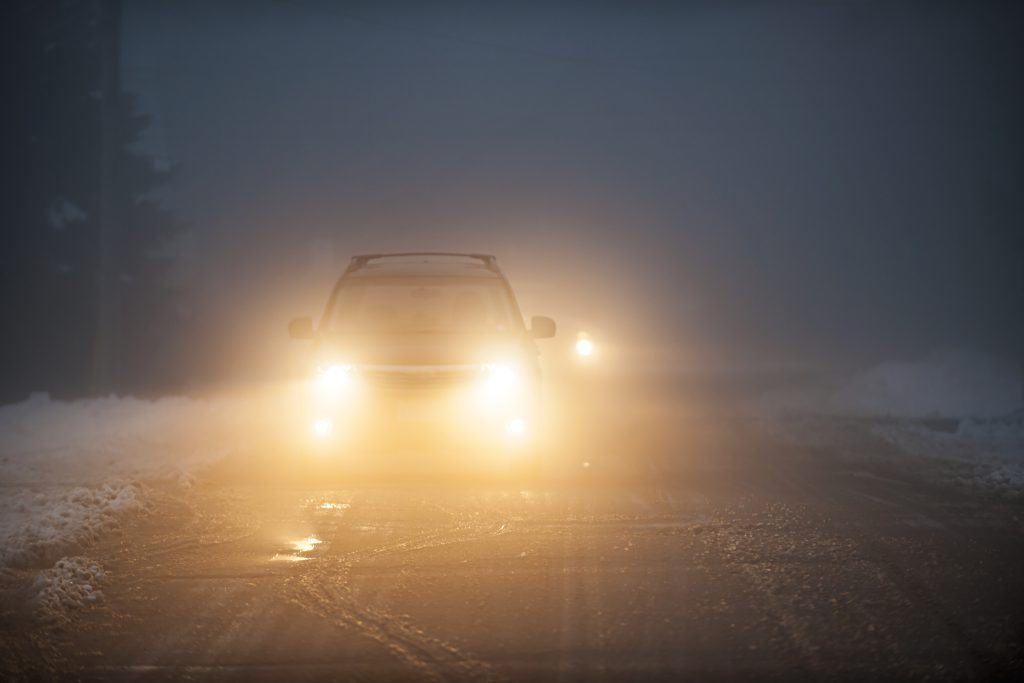
You might not think at first that that amounts to anything, but the Troxler Effect can actually impair your overall reaction time by 1.5 seconds when you’re driving at speeds of about 60-mph. In just one and a half seconds, you can cover well over 120 feet, which makes a serious difference to your and other road users’ safety.
What’s Causing the Darkness?
It does seem as though there is a fair amount of corroboration between different Tesla owner/driver accounts when it comes to the visibility issues and the auto-dimming mirrors. But how has any of this happened?
Window Tinting
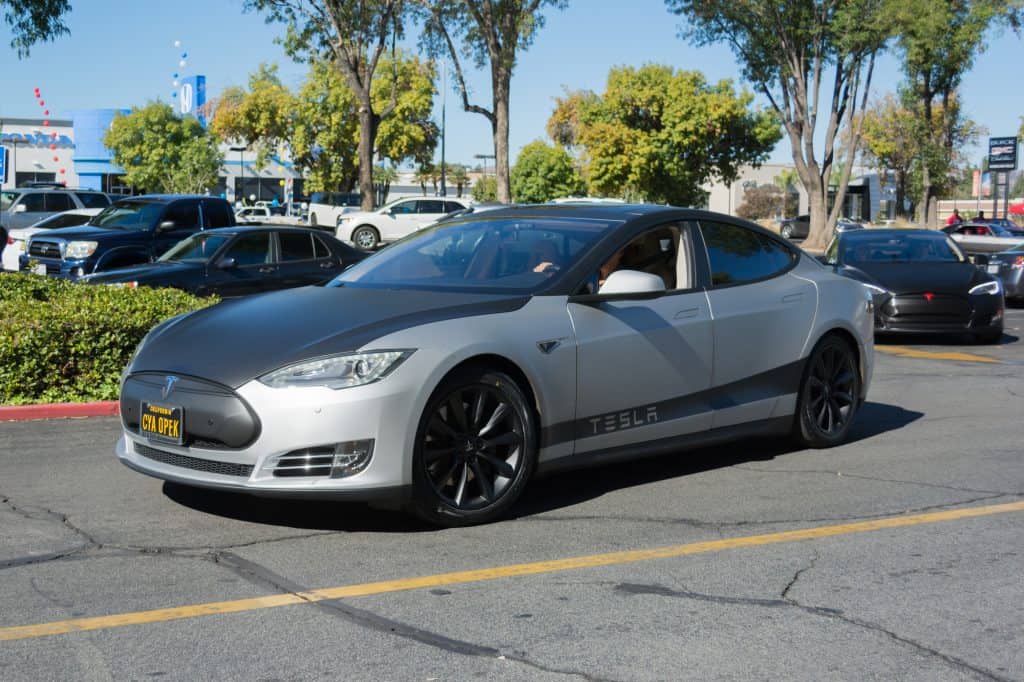
The main exacerbating factor behind the growing number of visibility complaints is where the combination of powerful auto-dimming mirror features are combined with additional layers of privacy glass installed at the request of the Tesla owner.
As it turns out, the auto-dimming feature seems to work optimally through regular glass, and so it becomes very hard and even seemingly impossible at times to create a good visibility situation when the mirrors are dimmed at night.
Lack of “Off” Button
In many other cars that come with an auto-dimming mirror feature, there is a button that one can press very conveniently to simply switch off the dimmed mirror should it be getting too dark. It seems these other OEMs anticipated the possibility of privacy glass and bad light conditions making visibility worse when auto-dimming.
So, why doesn’t Tesla have this option? It’s a source of major frustration for Tesla drivers who feel they are just forced to “make do” with whatever light conditions they find themselves in.
To be fair, some later Tesla models do now include controls for the auto-dimming feature on the side mirrors at least, which can be used to deactivate the dimming. Beyond that, Tesla owners are left to put up with the system, replace the mirrors altogether, or get into the wiring and disconnect the auto-dimming electronics manually to stop it from dimming. None of these are what we’d call “ideal” solutions.
Inherently Poor Field of View
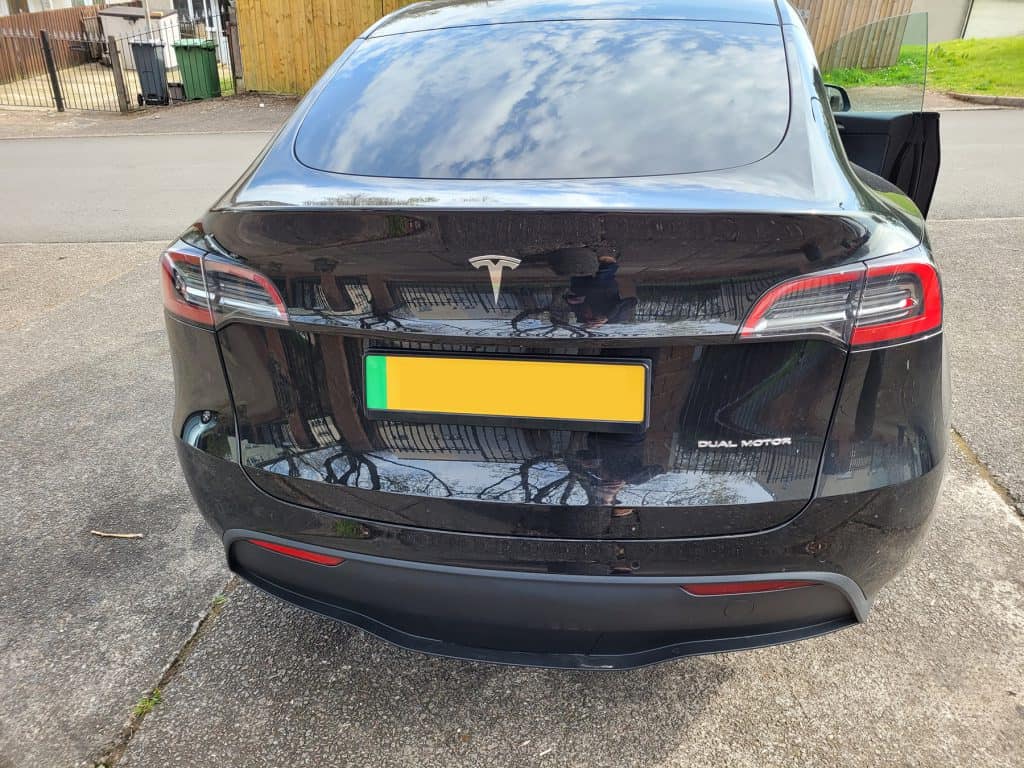
In the case of some Tesla models, in particular the Model X and Model Y vehicles, even without the problem of the dimming mirrors, drivers frequently complain that it’s hard to see out of the rear window due to a limited field of view.
It’s an aspect of these Tesla models that has sometimes been criticized. Perhaps the designers and engineers at Tesla are trying to force people to use and have more faith in the company’s sensory and self-driving technology, thus depriving them of a wide field of view — but we’re just speculating there.
Is There a Way to Fix It?
One of the big criticisms leveled against Tesla right now regarding this is the apparent lack of solutions for Tesla drivers who are being affected by this problem. Further above, we mentioned options within the car settings in the touchscreen that allow one to turn off auto dimming for the side mirrors.
These options came at least to Model 3 cars in the 2021.24.3 update package, but they are limited to the side mirrors. This does help with part of the problem, but doesn’t allow any adjustment or deactivation of the rear-view mirror dimming settings.
Get Onto Tesla
One thing you might do is get onto Tesla by joining voices like Cory, who has publicly called on Tesla to include some manner of adjustability to this feature and/or a way to easily turn it off.
Tesla may be the leading EV brand in many ways, but their reputation is far from immune, and as a company they’ll need to do everything possible to keep customers coming back to them, especially as now nearly every OEM out there either has released or is planning to release at least one EV into its range.
As it turns out, Tesla had planned to make the system adjust itself more fluidly, only dimming to the greatest extent when detecting extreme glare from car headlights behind. However, it seems that the sensor they were using was insufficient for the task.
Unplug
Users on Tesla forums have mentioned that (at least for the Model 3) it’s possible to open up the rear-view mirror assembly and unplug the auto-dimming feature cable in there, which will leave you with a regular rear-view mirror.
The YouTube video below shows the inside of the mirror assembly:
Of course, with no dimming at all, you’ll be more vulnerable to the glare that comes from cars driving behind you at night and in poor light conditions.
Replace
If you know a reliable and helpful technician, you could purchase a new rear-view mirror system and have them help you to install it. This is not something that the Tesla Service Center is likely to offer because we’re talking about interfacing third-party technology, but there is always a growing body of Tesla-capable technicians and enthusiasts out there who are ready to assist.
In this way, you might get a mirror that you can turn off via a switch on the mirror itself, as is more typical. However, interfacing it with Tesla is always a challenge.
Are These Fixes Covered by the Tesla Warranty?
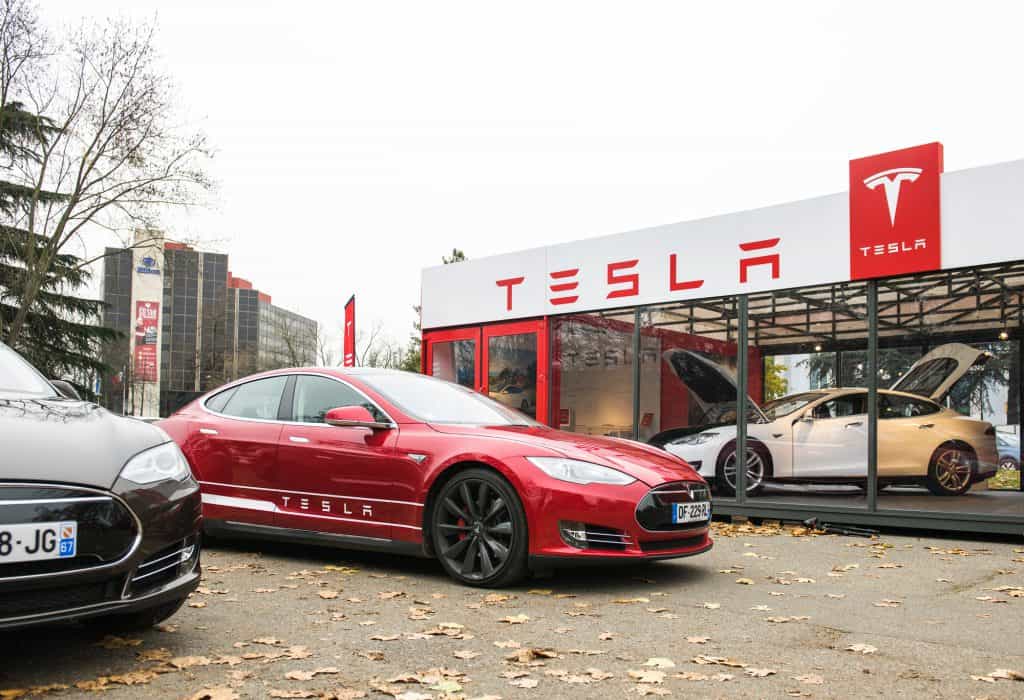
Unfortunately, none of the solutions put forward by users currently are covered by Tesla’s warranty. This is because as far as Tesla is concerned, any “problems” that exist are characteristic and well within their own parameters that you also tacitly agree to when you purchase the car.
Some Tesla owners have recalled on forums their experience when test-driving a Tesla and pointing out the rear visibility issues, sales assistants simply brush aside, deflect or try to move on from this topic.
In any event, far from being covered by the warranty, you run the risk of violating the warranty of your Tesla if any adjustments that you make to solve the problem cause other issues with the car later on, especially if you consider the installation of third-party gear.
Is This a Problem Exclusive to Tesla?
Those same Tesla salespeople, you might think, would point to other EVs of comparable price and scope and simply say: “That level of visibility is normal, as is the dimming of the mirror.” In fact, it’s tough for them to say this when OEMs like Toyota, Ford, and Infiniti all offer both adjustability and an on/off option for the auto-dimming feature in their own contemporary models with that feature.
It seems that this really is one of those things that is a cross for Tesla owners to bear. Other modern cars might also share a natural lack of rear visibility due to their styling or construction, but the mirror problem seems to be quite uniquely a Tesla issue.

if the field of view weren’t so small it be ok. But combine a small field and overly dim and you can’t really see anything out the rear view mirror. I bought a clear mirror overlay. Haven’t had any problem with bright lights but the mirror is magnified(as they all appear to be)also reducing the field of view.
If the problem is with the light sensor, wouldn’t it be relatively simple for Tesla to offer a replacement sensor?
As a workaround, I’m going to try turning on the rear camera and see if that’s an adequate if not optimal solution.
Simple solution would be to offer a digital camera mirror like in my Toyotas with a regular mirror or the wide view digital mirror! That plus heads up display for the basic speedometer information would make the Tesla near perfect! Toyota also incorporated the garage door opener in the mirror!
The technology is already there … just use the Toyota solution! Tesla already has a rear view camera!